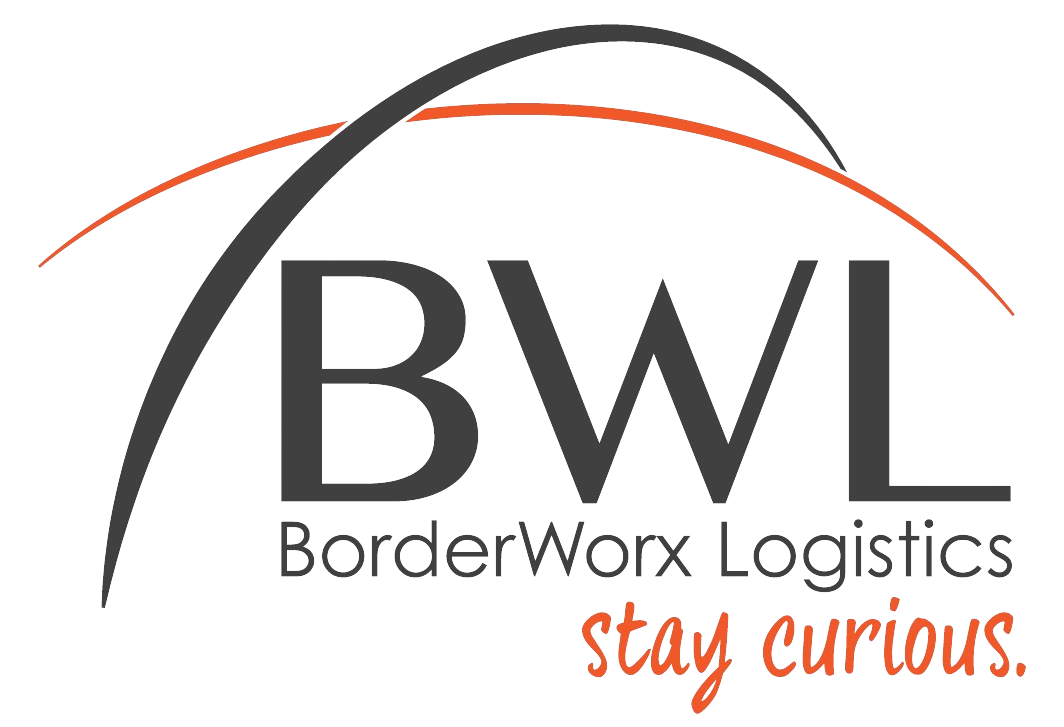Understanding HS Codes: Your Key to Accurate Classification and Import Cost Savings
The Harmonized System (HS) is a globally standardized numerical system used to classify traded products. It’s a crucial element in international trade, impacting everything from import duties and taxes to compliance with trade regulations. For Canadian businesses involved in importing, understanding and correctly applying HS codes can significantly impact your bottom line.
What is the HS Code?
The HS code is a six-digit numerical code that identifies a specific product category. It’s structured hierarchically, with broader categories at the top level and increasingly specific classifications as you move down. The first two digits represent the chapter, the next two the heading, and the final two the subheading.
Why are HS Codes Important?
- Accurate Duty Calculation: The HS code determines the rate of duty (import tax) you’ll pay on your goods. Misclassification can lead to overpayment or underpayment, resulting in financial penalties and delays.
- Compliance with Trade Regulations: Certain goods may be subject to restrictions, prohibitions, or special requirements based on their HS code. Incorrect classification can lead to non-compliance and potential legal issues.
- Efficient Customs Clearance: Proper HS code use streamlines customs clearance processes, reducing delays and associated costs.
- Data Collection and Analysis: Governments use HS codes to track trade statistics and formulate trade policies.
How to Determine the Correct HS Code
- Product Description: Start with a detailed description of your product, including its function, materials, and intended use.
- HS Code Lookup Tools: Use online resources like the CBSA’s Tariff Classification Information System (TCIS) or consult the World Customs Organization’s (WCO) HS database to search for relevant codes.
- General Rules of Interpretation (GRIs): The HS system has six GRIs that provide guidelines for classifying goods when the descriptions in the tariff schedule are not explicit.
- Explanatory Notes: Refer to the HS Explanatory Notes, which offer additional guidance and clarification on product classification.
- Binding Rulings: If you’re unsure of the correct HS code, you can request a binding ruling from the CBSA. This is a legally binding decision on the classification of your specific product.
Tips for Accurate HS Code Classification
- Be Specific: The more detailed your product description, the easier it will be to find the correct HS code.
- Consult Experts: If you’re unsure, seek advice from a customs broker or trade consultant.
- Keep Up-to-Date: HS codes are updated periodically, so ensure you’re using the latest version.
Borderworx: Your Partner in HS Code Expertise
Navigating the complexities of HS codes can be daunting, but it’s a crucial step in optimizing your import costs and ensuring compliance. Borderworx, with our team of experienced customs brokers and in-depth knowledge of the HS system, can help you accurately classify your goods, minimize duties, and streamline your import process. Contact us today to learn how we can assist you in maximizing your import efficiency and profitability.
Useful Links
Canada Border Services Agency (CBSA) Tariff Classification Information System (TCIS): This is the official tool for searching and verifying HS codes for goods imported into Canada. It’s comprehensive and includes up-to-date information.
Guide to Tariff Classification for Canadian Imports: This CBSA guide provides a detailed explanation of the Canadian Customs Tariff, HS codes, and the rules for classifying goods.
U.S. International Trade Commission (USITC) Harmonized Tariff Schedule (HTS) Search: This is the official search tool for finding HTS codes for goods imported into the United States. It includes the full HTS with all relevant notes and rulings.
Customs Rulings Online Search System (CROSS): This database allows you to search for rulings on the classification of specific goods, which can be helpful if you’re unsure of the correct HTS code.
